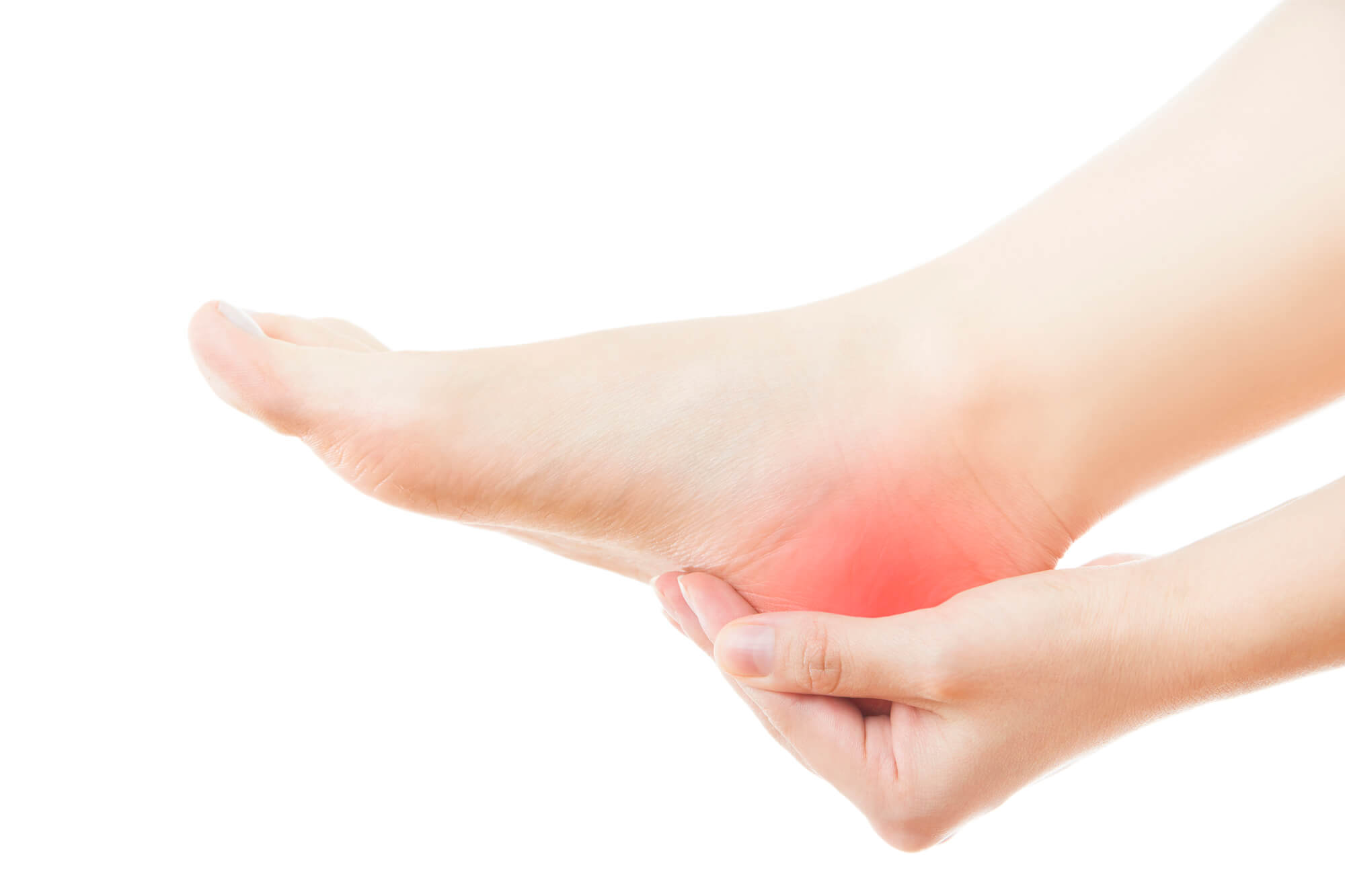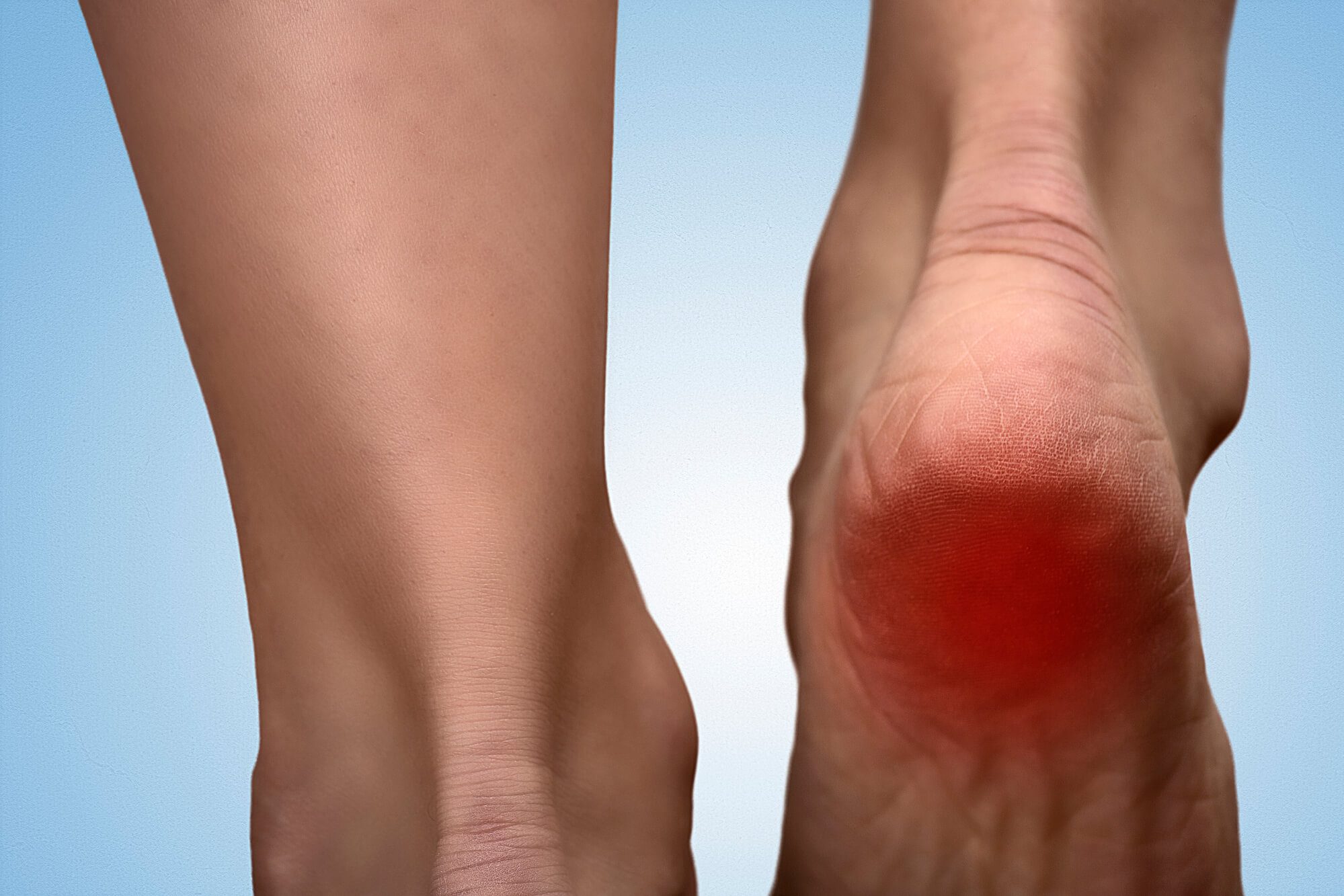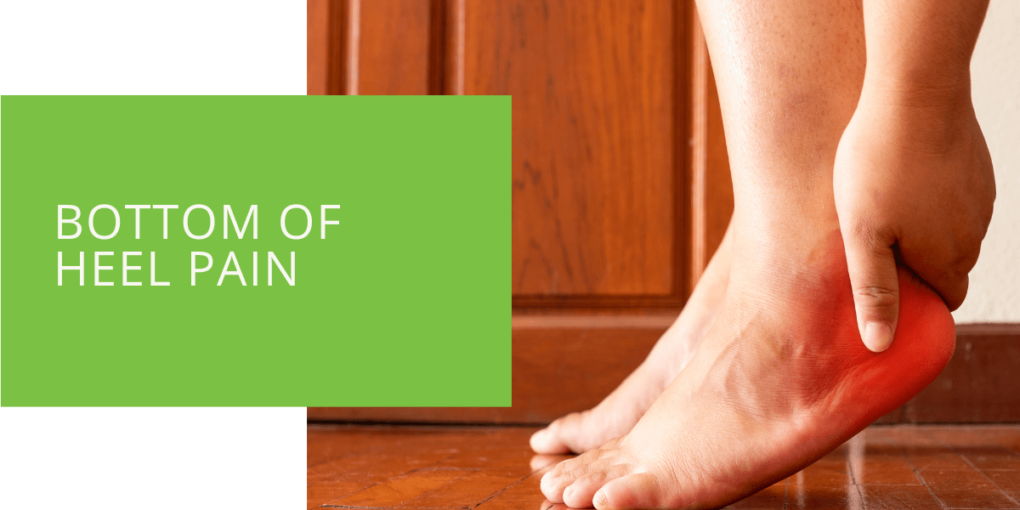Understanding and Managing Bottom of Heel Pain
Heel pain is a common condition affecting people of all ages and can be caused by various factors. One of the most common causes of heel pain is plantar fasciitis. This is an inflammation of the plantar fascia, a thick band of tissue that runs along the bottom of your foot, connecting your heel bone to your toes. This type of heel pain is usually felt in the bottom of the heel and can result from overuse, injury, or certain medical conditions. If you are experiencing heel pain, it's important to understand the causes and available treatment options to manage your symptoms and get back to your normal activities.
What is Bottom of Heel Pain?
Bottom of heel pain refers to pain that is felt at the bottom of the heel, usually due to plantar fasciitis. The plantar fascia is a thick band of tissue that runs along the bottom of the foot and connects the heel bone to the toes. This tissue can become inflamed and cause pain, especially when overused or strained. The pain is usually worst in the morning or after sitting for long periods and can also be felt when standing or walking for long periods.
Causes of Bottom of Heel Pain
There are several causes of bottom of heel pain, including:
- Overuse: This is the most common cause of heel pain. People on their feet for long periods, such as runners, dancers, or people who stand at work, are more likely to experience heel pain.
- Injury: Heel pain can also be caused by an injury, such as a sprain or fracture.
- Medical conditions: Certain conditions, such as rheumatoid arthritis, can cause heel pain.
- Wearing improper shoes: Wearing shoes that do not provide enough support or have worn-out soles can put extra stress on the heel and cause pain.

Symptoms of Bottom of Heel Pain
The symptoms of bottom of heel pain can vary depending on the cause, but the most common symptoms include:
- Pain in the bottom of the heel, especially when weight is applied to the foot
- Stiffness in the heel, especially in the morning or after sitting for long periods
- Swelling in the heel
- Redness and warmth in the heel
Diagnosis and Treatment
Diagnosing Bottom of Heel Pain
If you are experiencing heel pain, you must see a podiatrist or other foot and ankle specialist. They will perform a physical exam, which may include an x-ray or other imaging test, to determine the cause of your heel pain. They may also take a medical history and ask about your symptoms and other factors contributing to your heel pain.

Treatment Options for Bottom of Heel Pain
The treatment options for bottom of heel pain will depend on the cause of the pain. Some common treatment options include:
- Rest: This is the most important treatment for heel pain. Resting the affected foot can help reduce pain and inflammation.
- Ice: Applying ice to the affected area can help reduce pain and swelling.
- Medication: Nonsteroidal anti-inflammatory drugs (NSAIDs) such as ibuprofen can be used to reduce pain and inflammation.
- Stretching and strengthening exercises: These exercises can help stretch and strengthen the muscles in the foot and ankle, which can help reduce pain and improve function.
- Shoe inserts: Shoe inserts, such as heel cups or arch supports, can help redistribute pressure on the foot and reduce pain.
- Physical therapy: A physical therapist can teach exercises and techniques to help reduce pain and improve function.
- Surgery: In some cases, surgery may be necessary to treat heel pain. This is usually only recommended for severe cases that have not responded to other treatments.

Preventing Bottom of Heel Pain
Wearing the Right Shoes
Wearing the right shoes can help prevent heel pain. Shoes should provide good support for the foot and have a cushioned sole to help absorb shock. Avoiding high heels is also important, as they can stress the heel more. If you stand or walk for long periods, wearing shoes with good arch support is a good idea.
Stretching and Strengthening Exercises
Stretching and strengthening exercises can help prevent heel pain by keeping the muscles in the foot and ankle strong and flexible. Some common exercises include:
- Calf stretches: Stretching the calf muscle can help reduce tension on the Achilles tendon and the bottom of the heel.
- Arch stretches: Stretching the arch of the foot can help reduce tension on the plantar fascia.
- Heel raises: Strengthening the muscles in the foot and ankle can help reduce stress on the heel.
Other Preventive Measures
Other preventive measures that can help prevent heel pain include:
- Maintaining a healthy weight: Being overweight can stress the heel more.
- Taking regular breaks: If you stand or walk for long periods, it's important to take regular breaks to rest your feet.
- Practicing good posture: Maintaining good posture can help reduce stress on the heel.
Conclusion
Bottom of heel pain is a common condition that various factors, including overuse, injury, and certain medical conditions, can cause. If you are experiencing heel pain, you must see a podiatrist or other foot and ankle specialist for a proper diagnosis and treatment plan.
Treatment options can include rest, ice, medication, stretching and strengthening exercises, shoe inserts, physical therapy, and in some cases, surgery. Understanding the causes of heel pain and taking preventative measures can reduce your risk of experiencing heel pain and improve your overall foot health.
FAQ
How do you get rid of pain in the bottom of your heel?
The most effective way to get rid of pain in the bottom of your heel is to rest the affected foot, ice the area, and take over-the-counter nonsteroidal anti-inflammatory drugs (NSAIDs) such as ibuprofen to reduce pain and inflammation. Stretching and strengthening exercises, shoe inserts, and physical therapy can also help alleviate pain. Surgery may be recommended if the pain is severe and has not responded to other treatments.
Why is the bottom of my heel so painful?
The most common cause of pain on the bottom of the heel is plantar fasciitis, an inflammation of the plantar fascia, a thick band of tissue that runs along the bottom of the foot and connects the heel bone to the toes. This pain can also be caused by other factors such as overuse, injury, medical conditions, and wearing improper shoes.
What is the fastest way to cure pain in the bottom of your heel?
Resting the affected foot is the most important and fastest way to alleviate pain in the bottom of the heel. Applying ice to the area, taking over-the-counter nonsteroidal anti-inflammatory drugs (NSAIDs) such as ibuprofen, and stretching and strengthening exercises can also help reduce pain and inflammation quickly. Surgery may be recommended if the pain is severe and has not responded to other treatments.

